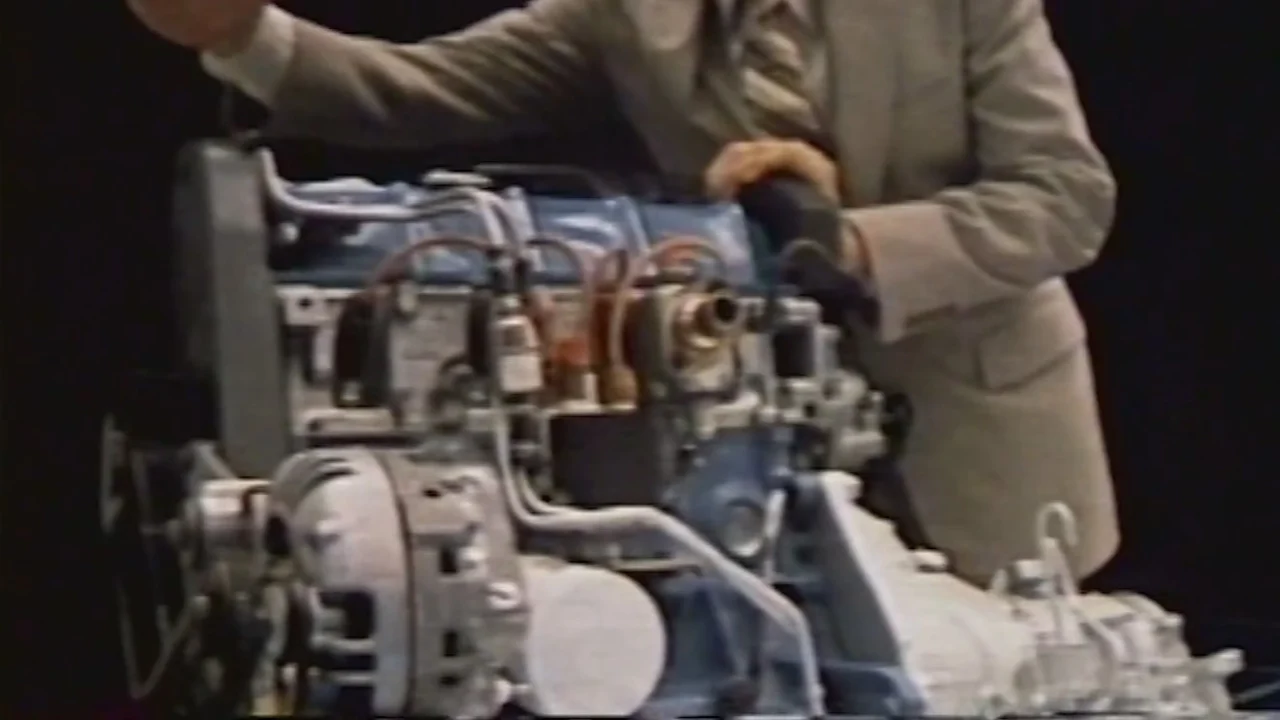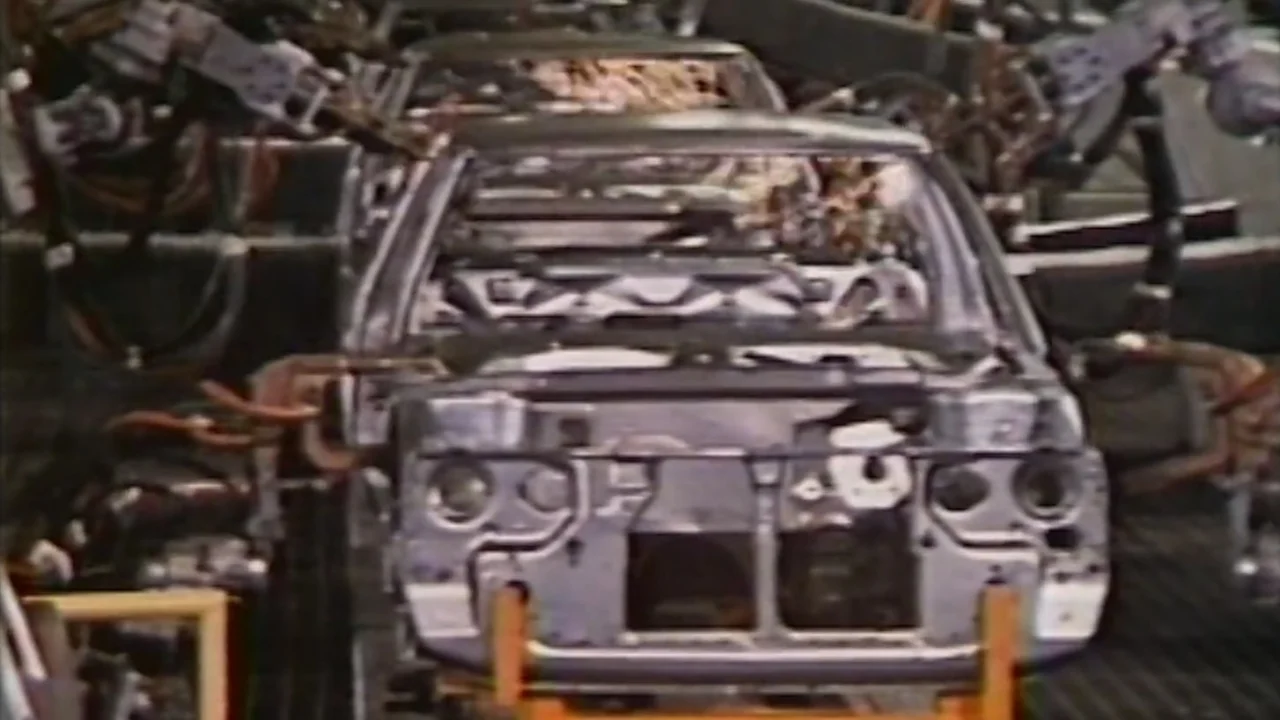Horsepower may sell, but it doesn’t always pay the bills. The Chrysler Corporation certainly had its high-output hits, but as many manufacturers have discovered at various points in history, they learned that small, affordable, economical cars are important, too. As the 1980 video below shows, the “K-Car Superstar” was a big deal in a mid-sized package.
Not only did Chrysler need to develop an improved successor to its L series of front-wheel-drive models, it also needed to produce a vehicle capable of taking on Japanese imports. They started laying out the objectives for the new two-door, sedan, and wagon K-cars in early 1977:
- Generous interior room and comfort
- Precise ride and handling
- Substantial fuel economy
- Exceptional overall quality
- Aerodynamic styling
Once development got underway and Chrysler had made full-size models, it used computer-controlled scanners to map them out, then turned those scans into blueprints. The final body shape was honed in a wind tunnel and had 20 percent less drag than its predecessor. As part of durability testing, the company subjected the suspension hardware to thousands of miles of compression and rebound on computer-simulated roads.

The new K-car called for a new engine specifically designed for a front-wheel-drive layout. Chrysler developed a transverse 2.2-liter four-cylinder with a cast iron block, an aluminum head, a cast iron crankshaft, and a two-barrel carburetor with an electric choke. An electronic engine control unit with a microcomputer adjusted to readings from sensors that monitored conditions such as air temperature, engine load, and engine speed to optimize fuel economy, which Chrysler wanted to hit 41 miles per gallon on the highway. To make servicing parts such as the spark plugs and fuel pump easier, engineers slanted the engine approximately 12 degrees.

Chrysler’s next challenge was modernizing its production facilities to produce its new rival to the Japanese competition. It reportedly spent hundreds of millions of dollars updating three of its plants for the job. Once again, computers aided in the process, in part by helping robots spot-weld body panels and assemble the unibody with more than 3,000 welds. (The unexpected 3.5-minute music video at the end of this documentary? That was made with humans, the new K-cars, and a touch of country music inspiration.)
Was all of the time and money Chrysler put into the K-car worth the investment? If you or someone you know had one, please let us know how it was in the comments below.

Comments are closed